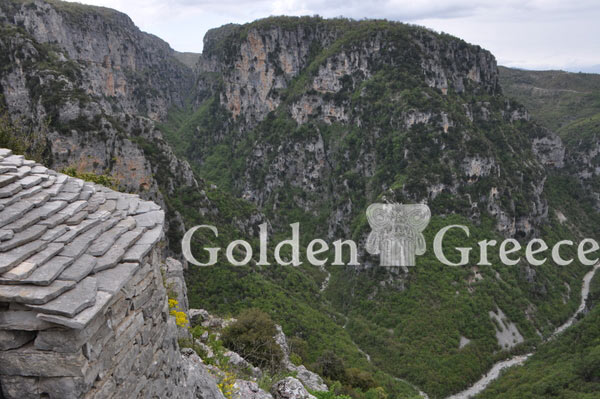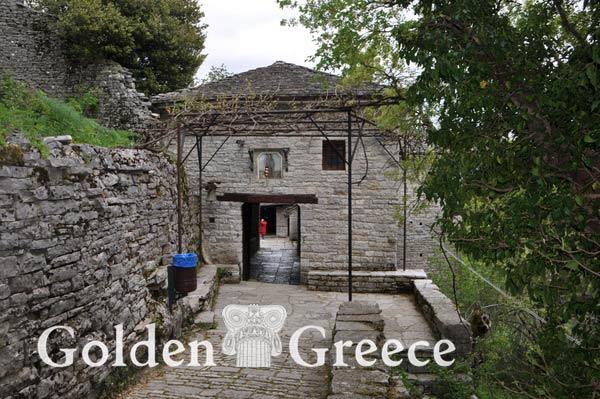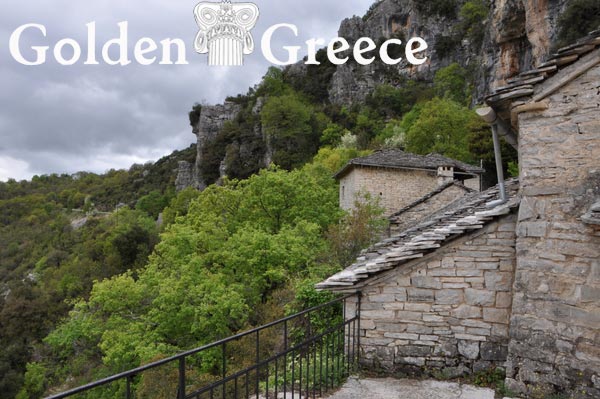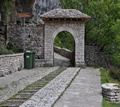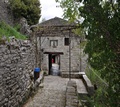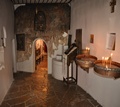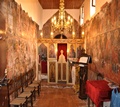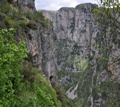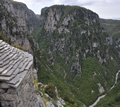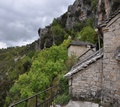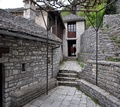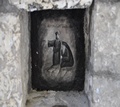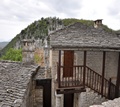
The Monastery of Ag. Paraskevi Monodendriou is built at a distance of approximately 600 meters from the square of the settlement of Monodendriou and dominates the edge of the Vikos ravine, in a landscape of shocking beauty. According to tradition, it was built by ascetics, who from the 13th century lived ascetics in the caves that exist northwest of the monastery. As can be deduced from an inscription preserved on the lintel of the main church, the church was erected and renovated in 1412-13, by lord Michael Voevodas the Therian. The katholikon of the Monastery is a single room temple and has been told through frescoes made in two time phases.
In the 15th century belong the frescoes of the western, northern (a representation of the Voivode and his wife in period clothing) and eastern wall, which are of particular importance as they are among the few examples of the period in Epirus. The frescoes that adorn the south wall are from 1869. They depict full-length Saints, scenes from the Twelve, etc.
On the facade of the church, St. Friday bust within niche, her martyrdom below and a Saint on horseback. The iconostasis has images from the 19th century. The icon of St. Paraskevi that exists in the temple, is of North Greek art and dates back to the 17th century. The current complex of the monastery is preserved in good condition and consists of the catholicon, the cells, the abbot's house, the auxiliary areas and the "lodge". The lodge is a separate outer cell, built directly above the ravine, which served as a hiding place and as an emergency exit (through a hatch that led into the ravine).
From the monastery, a path that is carved into the rock starts and leads to the "ascetic" and the "houses" which in addition to ascetic places were also fortified positions, accessible only by using a wooden bridge.
Editor: Fotini Anastasopoulou

